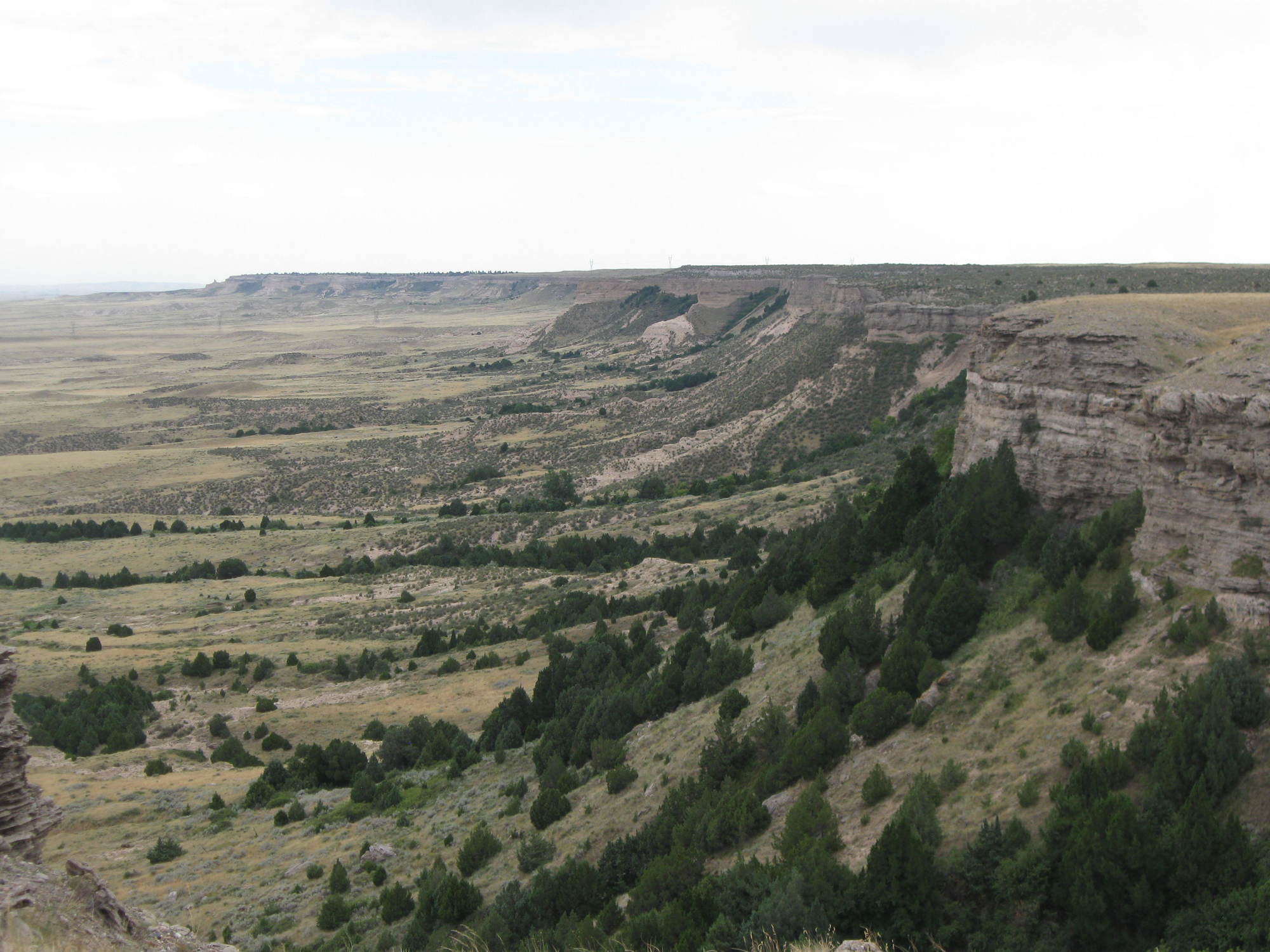NEWS RELEASE: Wyoming Geological Survey Releases New Bedrock Map of Chugwater Quadrangle
Wyoming State Geological Survey sent this bulletin at 04/21/2020 09:03 AM MDT
April 21, 2020
******FOR IMMEDIATE RELEASE******
Media Contact:
Christina George
(307) 766-2286 x231
christina.george@wyo.gov
New Chugwater Quadrangle Map Focuses on Southeastern Wyoming
The Wyoming State Geological Survey (WSGS) published a new geologic bedrock map of areas covering several counties in southeastern Wyoming and western Nebraska. The release of the Chugwater quadrangle map completes 1:100,000-scale bedrock mapping on the state’s eastern border. The compilation and mapping project is available as a free download by clicking the link below:
“The WSGS is working to complete map coverage across Wyoming at the 1:100,000 scale. With this map, we will have achieved 60 percent bedrock map coverage of the state at this scale,” says WSGS Director, Dr. Erin Campbell. “The Chugwater quadrangle hosts a number of interesting Neogene and Paleogene rocks, some of which form scenic bluffs in this area.”
The bedrock map focuses on spatially defining contacts between the geological formations that make up the study area. Young Tertiary era (Neogene and Paleogene) Ogallala, Arikaree, and White River formations constitute a majority of the area, with minor amounts of Upper Cretaceous-age Lance Formation found in the northeastern portion of the map. The small number of formations and lack of complex geologic structures in the study area allowed for more focus on mapping and analysis of Quaternary-age deposits within the quadrangle.
The Ogallala, Arikaree, and White River formations within in the study area are the main aquifers in the High Plains Aquifer System, which is a regionally important source of groundwater stretching from South Dakota to Texas. In Wyoming, the High Plains Aquifer has not seen the drastic declines that other states have, even though it is one of the most heavily used aquifer systems in the state.
“The most striking feature in the Chugwater quadrangle is the Goshen Hole Rim, which runs roughly from Wheatland southeast to La Grange,” says map author, James Stafford. “The geologic structure is like a thin ribbon of very sheer bluffs, generally 150–300 feet high, that separate the central plateau from the surrounding plains. The bluffs are composed of the more erosive Brule member capped by the resistant Arikaree Formation.”
The map includes an age correlation of geologic units, a description of each of the units, a list and index map of references utilized, and a map of currently published 1:100,000-scale maps available for Wyoming.
Future WSGS 30’x60’ quadrangle bedrock mapping projects for the agency include Rock River and Firehole Canyon. The Rock River quadrangle, which is being completed in coordination with STATEMAP efforts and funding, continues mapping in southeastern Wyoming focusing on the central portion of the Laramie Mountain Range and Laramie Basin. The Firehole Canyon quadrangle in southwestern Wyoming is being mapped and compiled by the WSGS in conjunction with 7.5’ quadrangle mapping in the area by the WSGS through the STATEMAP program.
For more information about WSGS geology mapping, including available maps, visit the agency’s website.

Photo caption: Looking southeast along the Goshen Hole Rim in Platte County, Wyoming. The darker Arikaree Formation sits on top of the Brule member of the White River Formation that forms the bluffs that run nearly the length of the quadrangle.

